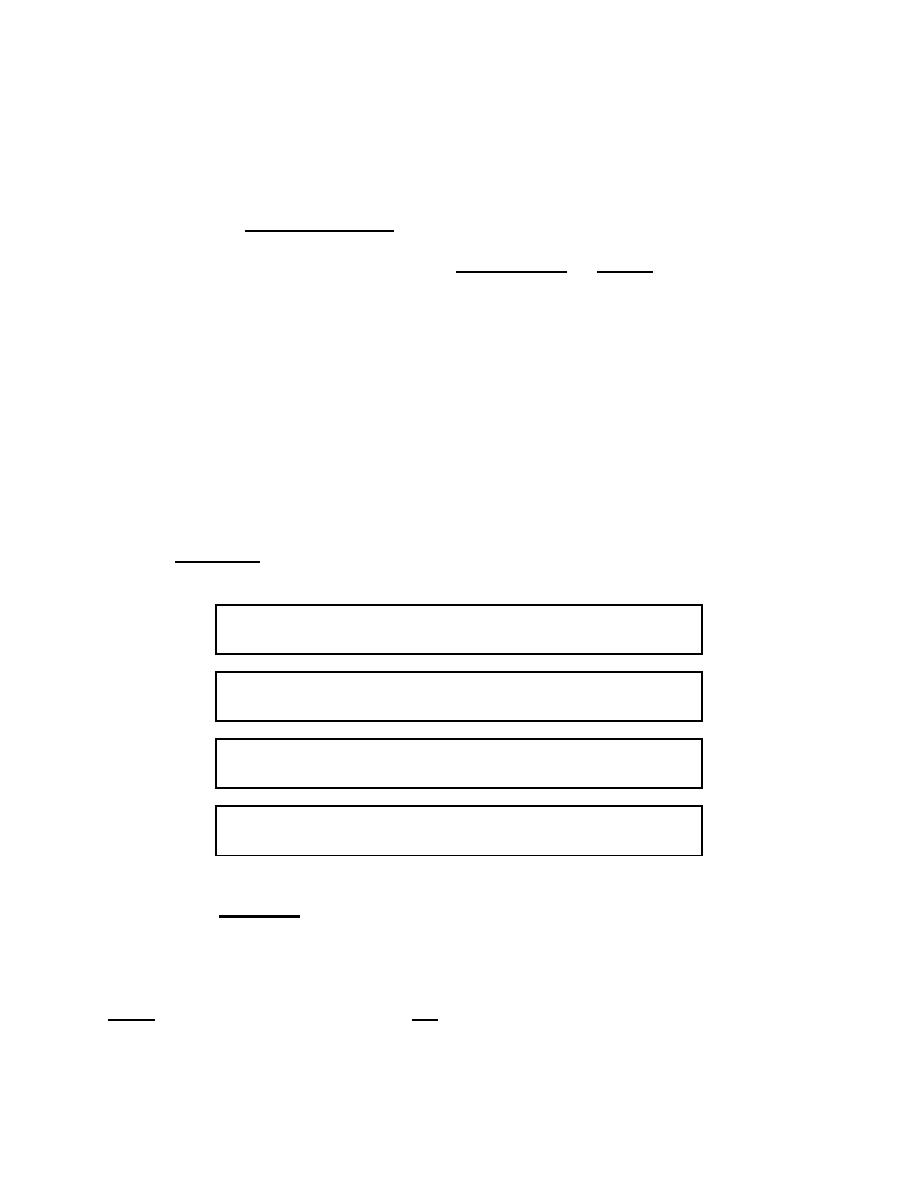
Section IV. THE SMALL INTESTINES AND ASSOCIATED GLANDS
1-8.
GENERAL
a. Digestion is a chemical process. This process is facilitated by special
chemicals called digestive enzymes. The end products of digestion are absorbed
through the wall of the gut into the blood vessels. These end products are then
distributed to body parts that need them for growth, repair, or energy.
b. There are associated glands, the liver and the pancreas, which produce
additional enzymes to further the process.
c. Most digestion and absorption takes place in the small intestines.
1-9.
ANATOMY OF THE SMALL INTESTINES
a. The small intestines are classically divided into three areas, the duodenum,
the jejunum, and the ileum. The duodenum is C-shaped, about 10 inches long in the
adult. The duodenum is looped around the pancreas. The jejunum is approximately
eight feet long and connects the duodenum and ileum. The ileum is about 12 feet long.
The jejunum and ileum are attached to the rear wall of the abdomen with a membrane
called a mesentery. This membrane allows mobility and serves as a passageway for
nerves and vessels (NAVL) to the small intestines.
DUODENUM = Length equal to width of 12 fingers
JEJUNUM = empty
ILEUM = lying next to the illume (bone of the pelvic girdle)
PELVIS = basin
b. The small intestine is tubular. It has muscular walls that produce a wave-like
motion called peristalsis moving the contents along. The small intestine is just the right
length to allow the processes of digestion and absorption to take place completely.
c. The inner surface of the small intestine is NOT smooth like the inside of new
plumbing pipes. Rather, the inner surface has folds (plicae). On the surface of these
plicae are fingerlike projections called villi (villus, singular). This folding and the
presence of villi increase the surface area available for absorption.
MD0807
1-7




 Previous Page
Previous Page
